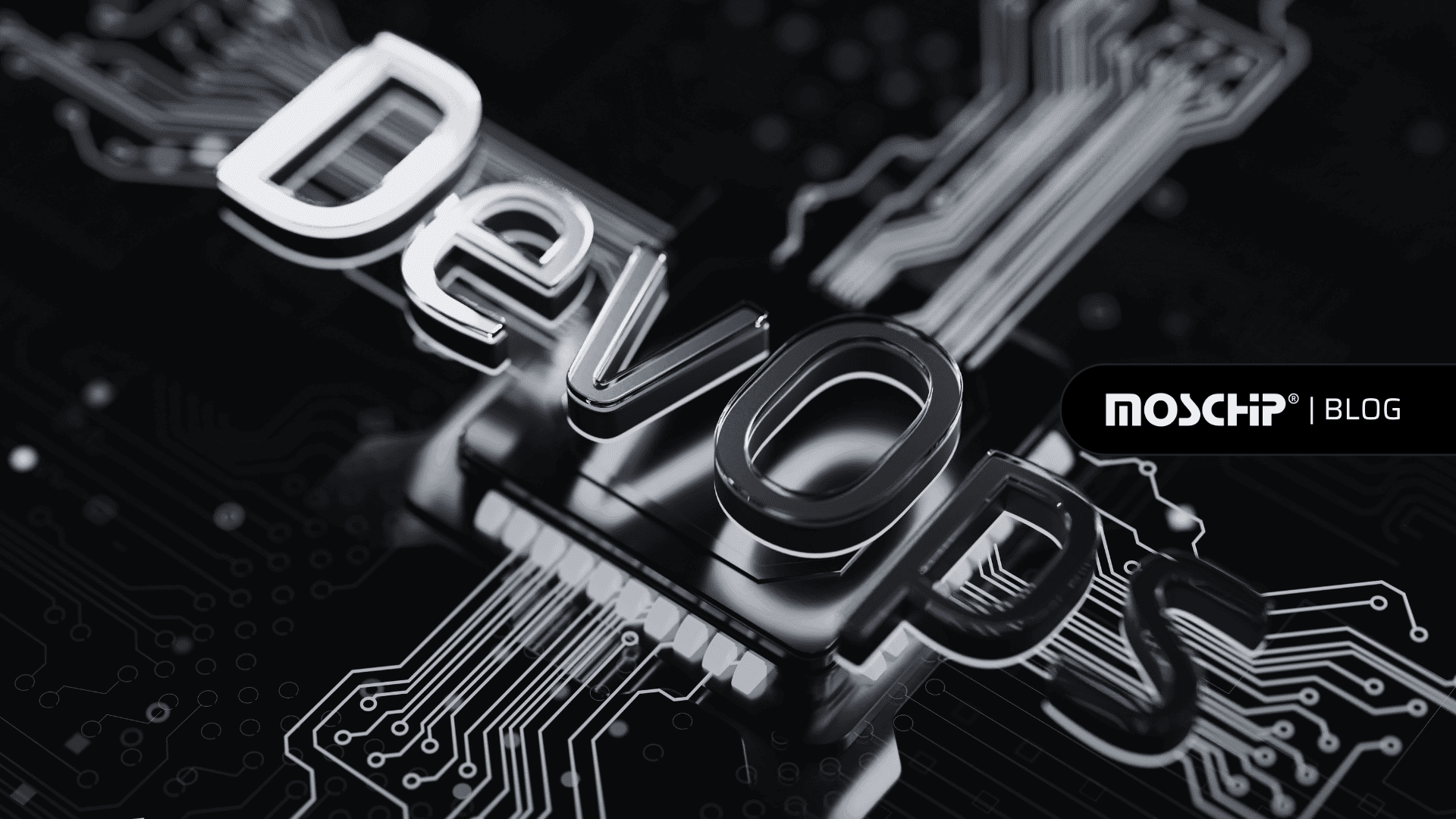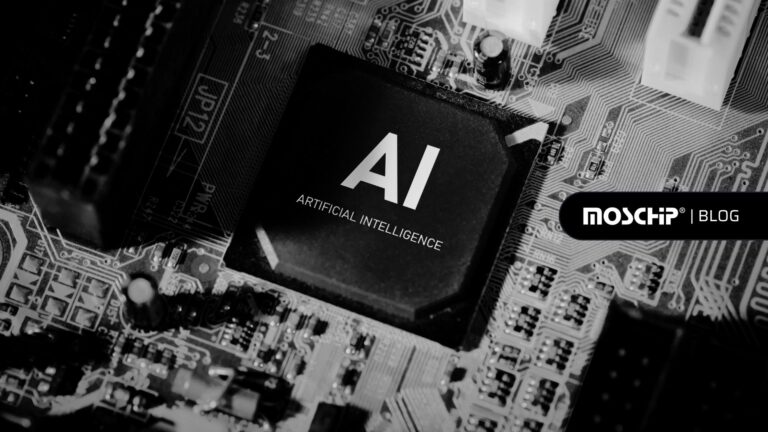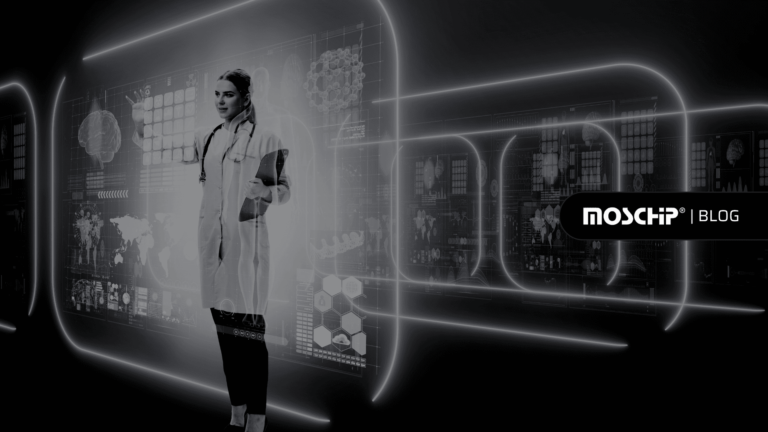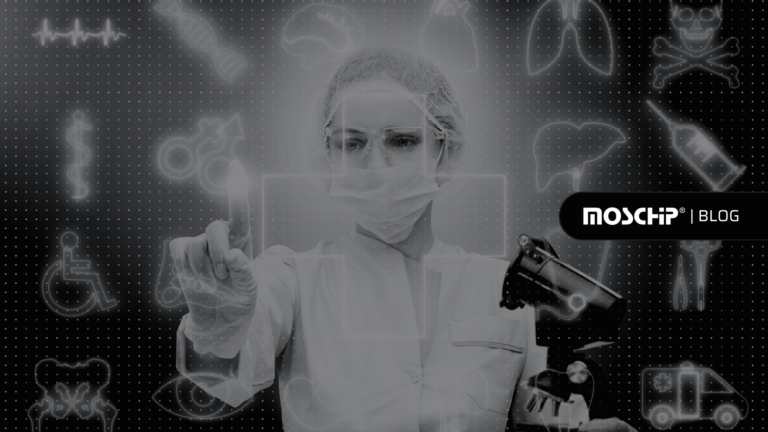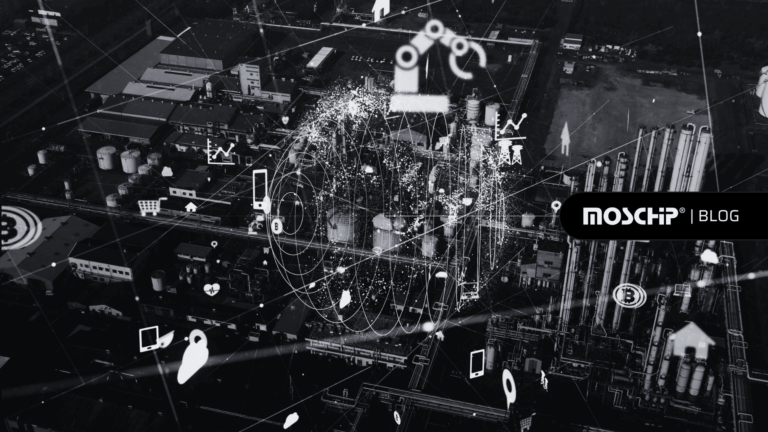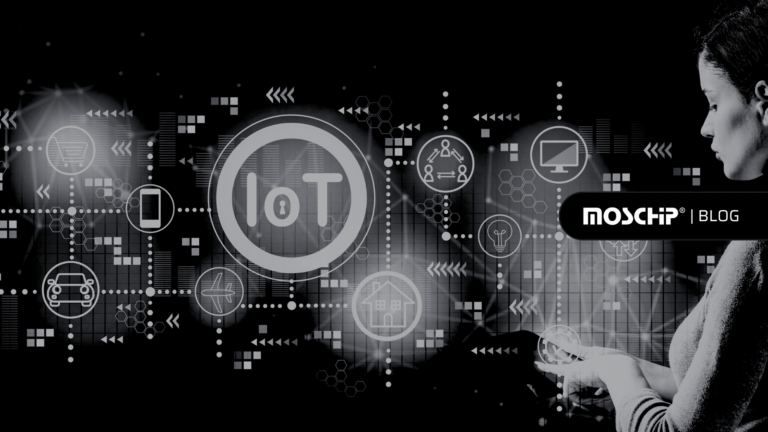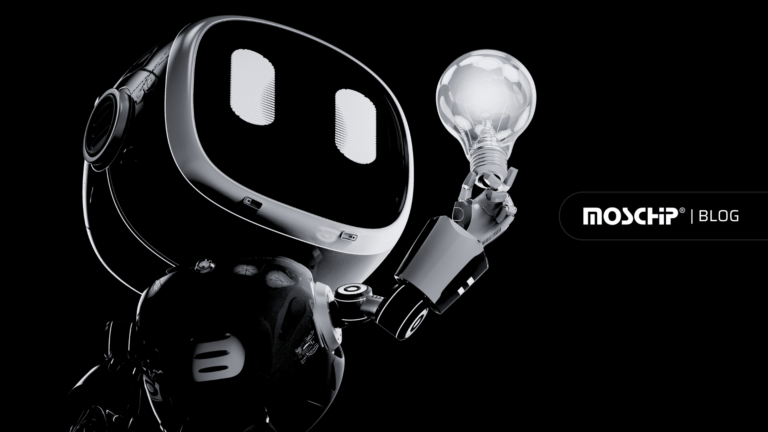The Happy Marriage of DevOps and IoT
The Happy Marriage of DevOps and IoT
Service revenues rooted in micro-controller-based IoT are expected to reach a whopping $7.3 trillion by the year 2017, according to a recent IDC report, with the radical new paradigm shift of DevOps leading to the perfect storm of IoT adoption.
About two years ago, we started to see a groundswell, The Internet of Things (IoT). IoT promised that businesses would see trillions of dollars in new value as everything on the planet became connected. This value was going to be driven by increased efficiencies, better customer engagement, and new business models.
A few years further backwards, the hottest term in IT was DevOps. Based on Agile and Lean principles, DevOps helped in enhanced speed and quality of IT services delivery. Enabling a continuous delivery approach, it ensured that the software is thoroughly tested, validated and bugs identified at the earliest. Since then, DevOps has been ensuring the alignment of goals of all functions of the enterprise. The outcome is a seamless process that works efficiently and without glitches. DevOps has already gained a foothold at the enterprise level, as it has been critical to make the best use of cloud computing, big data, and, now, the Internet of Things (IoT).
DevOps makes possible the deployment of software across several platforms simultaneously. Organizations that embrace DevOps in IoT and formalize it through integrated, cross functional teams are likely to have a decided advantage over those that do not.
DevOps in IoT also enable constant update of devices and features, and faster release cycles of connected systems. The ability to constantly deliver new software updates makes it possible to sell services that generate continuous revenues, rather than simply the one-time sale of the underlying product.
Most importantly, IoT is something that comes into play with automated security testing (continuous testing), integration testing (continuous integration), and, finally, deployment (continuous deployment). This is where DevOps methodology can play a vital role.
When the IoT application is tested, a DevOps system needs to consider security around the information coming from sensors. These are points-of-entry that are easily compromised, such as somebody hacking into your thermostat and sending misleading data. DevOps security testing tools need to regress through the IoT application to ensure that exposure is minimized.
The case for evolving DevOps, from enterprise systems to IoT edge devices is compelling. But we must agree, change is rarely easy, and instituting DevOps in IoT is no exception. Bringing about a cultural and organizational change, to build necessary processes and systems is rather difficult. Also, IoT systems can be very large, unique, and complex and may require robust hardware platforms. This increases cost. To add to this, IoT solutions have very high demands for reliability, quality, security, and safety. This can be both risky and expensive at the same time.
While we’re still playing around with DevOps and IoT, it’s clear that the connections can be made, and we can indeed benefit from the marriage of IoT and DevOps. The DevOps concept has been proven at the enterprise level. It is now evolving toward gateways and edge devices, to meet the unique challenges of developing and managing IoT systems.

